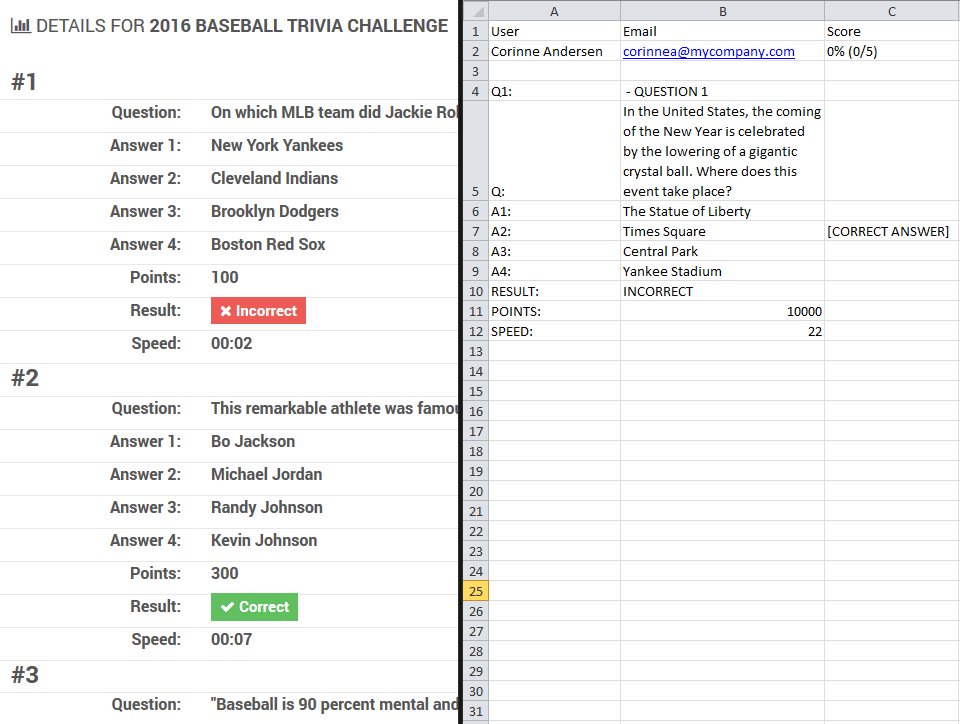Uncovering the AHA! Moments in Your Training
All content delivery whether in the classroom or online has unique discoveries for both students and instructors. Are you capitalizing on them? Games are an excellent way to do just that!
5 Reasons to Add Games to your Training
1) Fun with a Purpose
Games create a cognitive engagement between the learner and the topic in a motivating environment. Games celebrate your topic and reward individual and group achievement. Games bring fun and energy into a buoyant learning zone, but with the focus on learning.
Fact: Games Improve Retention
Game dynamics (gamification in corporate training) motivate students, increasing their effort and developing their knowledge, thanks to practice.
Increases student confidence by 20%
Improves learning retention by 90%
Improves the conceptual knowledge of the student by 11%
Increases task completion by 300%
The Federation of American Scientists "A Meta-Analytical Examination of the Instructional Effectiveness of Computer-Based Simulation Games" (2001, Tracy Sitzman)
2) Feedback to the Learner
Learners want and need feedback on their performance. Games give them immediate feedback on the quality of their input - their successes and their errors. With the appropriate corrective feedback, this can become an invaluable learning opportunity.
3) Feedback to the Trainer
Games create a practice field where learners interact with the topic, demonstrating their knowledge and ability to apply the information. By observing this real-time demonstration, the trainer can adjust the subsequent level of lecture, readings and interventions, accordingly.
4) A Less threatening Learning Environment
Because the game format is playful, the inherent challenge of the material, even new or difficult material, is less threatening. During game play, seemingly difficult questions and scenarios are "just part of the game". And, teachers can use the window following classroom responses to build a bridge between the topic and the learner.
5) Accelerate Learning
Games allow you to compress your topic and demonstrates learning into shorter periods of time, accelerating the speed of learning. The visual presentation, oral interactions, and active participation of game play appeals to all of the learning styles (visual, auditory and kinesthetic), involving both the rational and experiential mind that helps players remember what they have learned.







